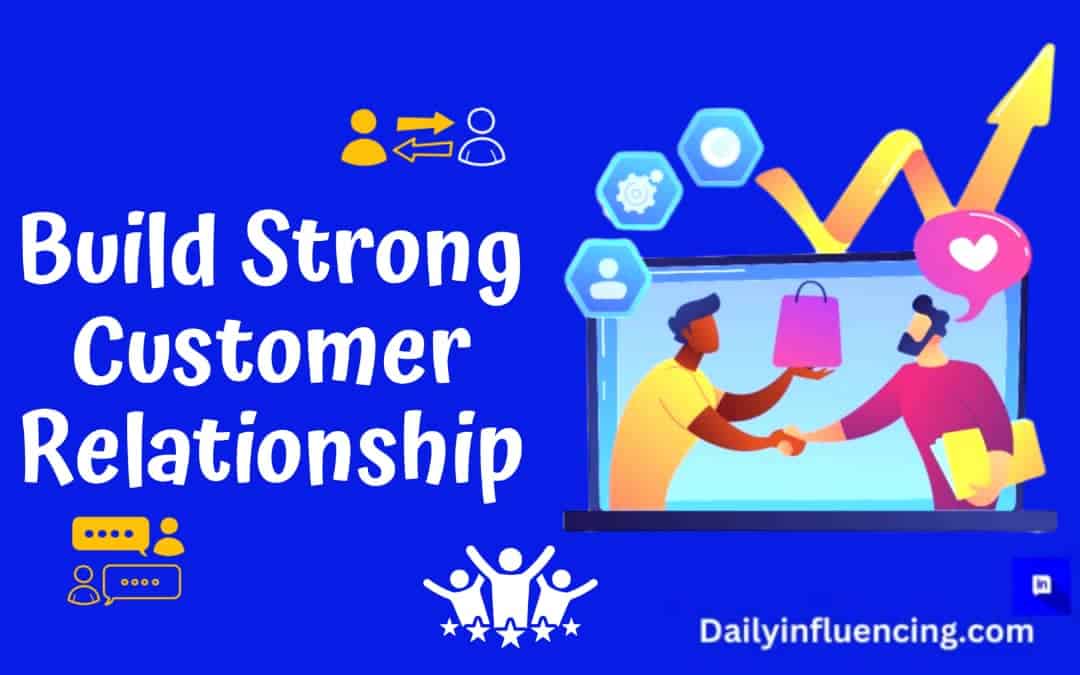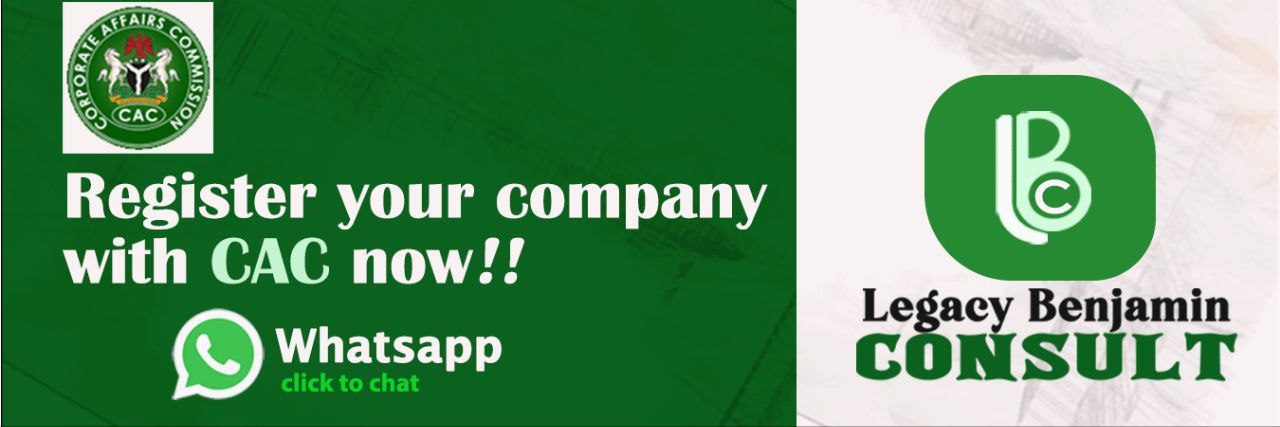
Strong customer relationships are the backbone of any successful business. Whether you run a small or a large business, how you connect with your customers can make or break your success. Think about it: when customers feel valued and understood, they are more likely to keep coming back. They might even tell their friends and family about your business, which helps you grow even more. But building these relationships isn’t just about being friendly—it’s about creating trust, understanding needs, and consistently delivering value.
With the competition in businesses today, customers have countless options. If they don’t feel a connection with your business, they can easily switch to a competitor. That’s why focusing on strong customer relationships is so important. It’s not just about making a sale; it’s about creating a bond that lasts for years. This article will guide you through practical steps to build and maintain these relationships, ensuring long-term success for your business.
You might wonder, Why should I care about strong customer relationships? The answer is simple: happy customers are loyal customers. Loyal customers not only bring repeat business but also become advocates for your brand. They leave positive reviews, recommend your products or services, and stick with you even when times are tough. By the end of this article, you’ll have a clear understanding of how to nurture these relationships and why they are crucial for your business’s growth.
Let’s see into the strategies that can help you build strong customer relationships and set your business up for long-term success.
What Are The Ways To Build Strong Customer Relationships For Long-Term Success?

Understanding Your Customers
The first step in building strong customer relationships is understanding who your customers are. You can’t connect with someone if you don’t know what they want or need. Start by gathering information about your customers. This could include their age, gender, location, interests, and buying habits. Tools like surveys, social media analytics, and customer feedback forms can help you collect this data.
Once you have this information, use it to create customer profiles or personas. These are fictional characters that represent different segments of your customer base. For example, if you run a clothing store, one person might be “Fashionable Fiona,” a 25 Year-old who loves trendy outfits and shops online. Another might be “Budget-Conscious Bob,” a 45 year-old who looks for affordable, durable clothing. By understanding these personas, you can tailor your products, services, and communication to meet their specific needs.
Understanding your customers also means listening to them. Pay attention to their feedback, whether it’s positive or negative. If a customer complains about a product, don’t just apologize—take action to fix the issue. This shows that you value their opinion and are committed to improving their experience. Remember, strong customer relationships are built on trust, and trust comes from showing that you care.
Communicating Effectively
Communication is key to building strong customer relationships. But it’s not just about talking—it’s about listening, too. When customers reach out to you, whether through email, social media, or in person, make sure to respond promptly and politely. A quick response shows that you value their time and are eager to help.
Use clear and simple language in your communication. Avoid jargon or technical terms that might confuse your customers. For example, if you’re explaining how to use a product, break it down into easy-to-follow steps. This makes your customers feel more comfortable and confident in their interactions with you.
Another important aspect of communication is personalization. Address customers by their names and reference past interactions or purchases. For instance, if a customer recently bought a pair of shoes from your store, you could send them a follow-up email asking how they like them. This personal touch makes customers feel special and appreciated, which strengthens your relationship with them.
Delivering Exceptional Customer Service

Great customer service is one of the most effective ways to build strong customer relationships. When customers have a positive experience with your business, they are more likely to return and recommend you to others. But what does exceptional customer service look like?
First, it means being available when your customers need you. Offer multiple ways for them to reach you, such as phone, email, live chat, and social media. Make sure your team is well-trained and equipped to handle inquiries and resolve issues quickly.
Second, go above and beyond to exceed customer expectations. For example, if a customer orders a product that’s out of stock, don’t just apologize—offer them a discount on a similar item or provide free shipping on their next order. These small gestures can make a big difference in how customers perceive your business.
Finally, always follow up with customers after a purchase or interaction. A simple “Thank you” email or a quick check-in to see if they’re satisfied can go a long way in building trust and loyalty.
Building Trust and Loyalty-Customer
Trust is the foundation of strong customer relationships. Without trust, customers are unlikely to stay loyal to your business. So, how do you build trust?
One way is by being transparent and honest. If something goes wrong, admit it and take responsibility. For example, if a shipment is delayed, let your customers know as soon as possible and explain what you’re doing to fix the issue. Customers appreciate honesty and are more likely to forgive mistakes if you handle them well.
Another way to build trust is by consistently delivering on your promises. If you say a product will arrive in three days, make sure it does. If you promise a refund, process it quickly. Consistency shows customers that they can rely on you, which strengthens their loyalty.
Rewarding loyal customers is another effective strategy. Consider creating a loyalty program where customers earn points or discounts for repeat purchases. You could also offer exclusive deals or early access to new products for your most loyal customers. These rewards make customers feel valued and encourage them to keep coming back.
Using Technology To Enhance Relationships

Now, how do you use technology to build relationships? you may ask. Technology today plays a vital role in building strong customer relationships. Tools like customer relationship management (CRM) software can help you keep track of customer interactions, preferences, and purchase history. This information allows you to personalize your communication and offers, making customers feel understood and appreciated.
Social media is another powerful tool for connecting with customers. Use platforms like Facebook, Instagram, and Twitter to engage with your audience, share updates, and respond to questions or comments. Social media also allows you to showcase your brand’s personality and build a community around your business.
Email marketing is another effective way to stay in touch with customers. Send regular newsletters with helpful tips, product updates, and special offers. Just make sure your emails are relevant and valuable to your audience—no one likes spam!
Handling Complaints And Challenges-Customer
No matter how hard you try, there will be times when customers are unhappy. How you handle these situations can make or break your relationship with them. When a customer complains, listen carefully and empathize with their frustration. Avoid being defensive or dismissive—instead, focus on finding a solution.
For example, if a customer receives a damaged product, apologize sincerely and offer a replacement or refund. If the issue is more complex, keep the customer updated on your progress and let them know what steps you’re taking to resolve it. By handling complaints professionally and respectfully, you can turn a negative experience into a positive one and strengthen your relationship with the customer.
Conclusion
Building strong customer relationships is not a one-time effort—it’s an ongoing process that requires time, effort, and dedication. By understanding your customers, communicating effectively, delivering exceptional service, and building trust, you can create bonds that last for years. These relationships are the key to long-term success, as loyal customers not only bring repeat business but also help you grow through word-of-mouth referrals.
Note that, every interaction with a customer is an opportunity to strengthen your relationship. Whether it’s a simple thank-you note, a personalized offer, or a quick response to a complaint, these small actions add up over time. By consistently showing that you value and appreciate your customers, you can build a loyal customer base that supports your business through thick and thin.
In today’s competitive market, strong customer relationships are more important than ever. They set you apart from competitors and create a foundation for sustainable growth. So, take the time to invest in your customers—it’s one of the best decisions you can make for your business.
By following the strategies outlined in this article, you’ll be well on your way to building strong customer relationships that drive long-term success. Start today, and watch your business thrive!
Frequently Asked Questions
How do you develop long-term customer relationships?
Communicate with your customers.
Tell the Truth.
Empathy. Understand your clients.
Make Their Lives Better.
Reward Your Loyal Customers.
Stay In Touch.
What are the 5 levels of relationship building with customers?
There are 5 stages of the customer relationship lifecycle: reach, acquisition, nurture, retention, and advocacy. The objective is always to enhance the relationship and take it to the next level, where your business and customers gain from the relationship.
How do you ensure a long-term relationship with a client?
Communicate Effectively and Consistently.
Be Positive and Confident.
Treat Your Client as an Individual.
Explain your Process.
Share your opinion.
Exceed Expectations.
Understand Your Client’s Goals, both Macro and Micro.
Adapt Your Style.





